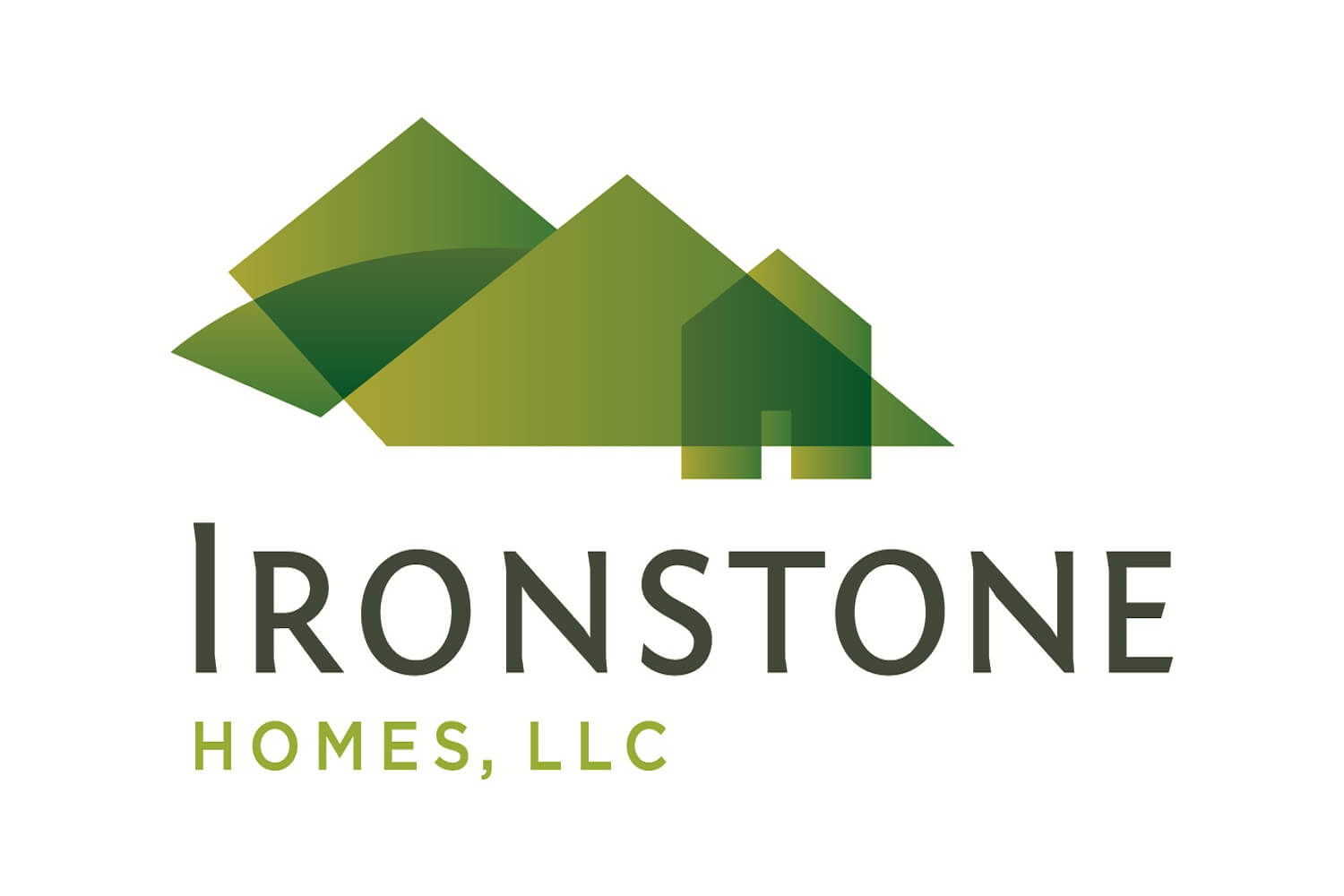Key Takeaways
- While not perfectly satisfying, the answer is: it depends. And it depends on the Four S’s! Site, Size, Shape, and Selections
- Site refers to how much “site work” your home will require, including elements like excavation, paving, and utility work.
- Size refers to the size of your home, while Shape refers to the many bump-outs or roof peaks that can increase costs. A 2,000 sq. ft. saltbox will generally cost considerably less than a 4,000 sq. ft. home with a 3-car garage, 3-season room out the back, and master wing.
- Selections refers to your choice of interior amenities, like tiled walk-in showers in every bathroom, high-end lighting fixtures, high-efficiency HVAC systems, and more.
- According to Architectural Digest, the average per square foot cost to build a mid-range home in the U.S. is $300-400. Custom luxury homes can run over $400/square foot.
Custom Home Costs and Pricing
“How much will my home cost?”
It’s one of the earliest conversations we have with clients, and it’s not always an easy answer. How much a custom home will cost simply depends on a number of factors – factors that we like to call the “Four S’s”: Site, Size, Shape, and Selections.
But before we get to that, it’s worth painting some broad strokes about the cost to build a custom home. While we’re a Lancaster custom homebuilder (serving all of Central PA), these average home prices in the U.S. can offer some good perspective.

The Average Cost to Build A Home In the U.S.
Since about 2020, home-building costs have risen dramatically as labor and materials have become harder to come by. And because we build specifically custom homes, we also tend to work with clients who have more tailored ideas for what their home will look like. That often (but not always) means the custom homes we build will run at the mid- to higher end of the range below … depending entirely on the Four S’s of course.
According to Architectural Digest, for a starter home without many bells and whistles, the average price to build begins around $200 to $250 per square foot.
For mid-market homes, homebuyers should expect to pay between $300 and $400 per square foot. Anything that’s more than $400 per square foot is generally considered an upper-market, luxury property.
So, How Much Does It Cost to Build a Custom Home?
Back to our Four S’s, let’s jump into it.
Factors Affecting Custom Home Costs
Site
The first critical factor influencing the cost of building a home is the “site” or lot itself.
The location, topography, soil condition, and accessibility all play significant roles in determining the amount of work needed to prepare your site for construction.
For example, a level 1-acre, and well-drained building lot typically requires less preparation for a new custom home compared to a sloped or heavily wooded area. Additionally, factors such as proximity to utilities, local building codes, and environmental regulations can impact the overall cost.
It’s one of the first things I talk through with prospective customers who are preparing to build a custom home. “Do you have a building lot picked out?” is generally our first question when someone calls asking about our construction capabilities. Because land for building in Central Pennsylvania is becoming increasingly hard to come by, this is a major factor – it’s not often that we at Ironstone have lots ready to go outside of developments (though it’s worth asking us).
Why is the home site so important to the cost of a custom home?
Excavation and Dirt-Moving Costs:
Excavation and the cost of moving dirt and rock around are a significant component of site preparation expenses. This involves clearing the land, digging trenches for foundations, and removing/replacing excess soil. The complexity of the excavation process, such as the depth and size of the foundation, as well as soil condition, influences the cost. Additionally, factors like the need for rock blasting or soil stabilization can further impact expenses. If you’re looking to build on the side of a mountain or hill, expect your costs to increase – though the views cn make it well worthwhile.
Site Access and Utilities:
Site access and utilities play a crucial role in determining the feasibility and cost of a home construction project, too. Access to the site for construction vehicles and equipment is essential for smooth operations, and access to utilities such as water, electricity, gas, and sewage can be a meaningful part of the budget.
Driveways and Paving:
Long driveways to remote building sites are awesome for privacy and relaxation, but they will increase costs. Factors like grading, drainage, paving material, and driveway length will all affect the overall cost.
Size
The size of a home is a fundamental determinant of the custom home construction budget, exerting a significant influence on the cost of various aspects of your build.
Generally speaking, the larger the home, the more materials and labor are required, escalating construction costs. Every additional square foot adds to expenses, from the foundation and framing to interior finishes and exterior cladding.
Shape
Size and Shape go hand-in-hand when it comes to the cost of a new home.
Larger custom homes typically involve more complex designs and architectural features. Intricate floor plans, multiple stories or wings, and custom amenities all contribute to higher material and labor costs. Larger homes also necessitate more extensive HVAC (Heating, Ventilation, and Air Conditioning) systems, plumbing networks, and electrical wiring, further increasing costs.
The more corners and angles, the more it will cost to build – based largely on increasing complexity.
Compare the footprint of a traditional colonial “saltbox” (a long rectangle) to more modern homes that feature multiple wings, expansive roof lines, and more.
A simple way to visualize this is to look at your home from an aerial view on Google Maps: a basic rectangle from the air will generally cost less than lots of angles and corners.
Selections
The final factor influencing the cost to build a custom home in our area is the selection of materials, fixtures, and finishes.
These choices, collectively referred to as “selections,” will have a significant impact (and sometimes the greatest impact) on your construction budget. From flooring and cabinetry to plumbing fixtures and lighting, every selection contributes to the aesthetic appeal, the functionality, the durability, and the price of your home.
Opting for high-end materials and designer finishes inevitably leads to higher custom home costs, while choosing more economical alternatives can help control costs. The sheer number of selections required for a home construction project can quickly add up too, further influencing the budget.
Until you’ve been through the process, many first-time homeowners who are building simply don’t realize the volume of decisions they’ll have to make. Think about it: every room and area of the home presents numerous choices, including flooring, countertops, appliances, plumbing fixtures, lighting fixtures, door hardware, and more.
Making thoughtful decisions and prioritizing selections based on importance and impact can help manage costs effectively. Here’s a great example:
- Basic tile for a backsplash or shower surround can be purchased and installed for as little as $15 per square foot.
- Luxury marble can run $150 per square foot installed!
This 10X price difference can mean that a well-appointed bathroom with marble might cost tens of thousands of dollars more than a more traditional – but still quality – bathroom appointment.

Should You Build A Home, or Buy?
While building a home has become more expensive in the last five years, so too has the cost to buy a home in general. In perspective, building looks pretty comparable to just buying an existing home.
The average cost to buy a home in the U.S. as of the fourth quarter of 2023 was $492,300, up from $340,000 ten years ago and $375,000 in 2020, according to FRED economic data. One of our more recent development projects, The Greens of Rapho, saw most homes selling for $400,000 to $500,000.
As illustrated in a recent blog post by Nick Maggiulli at Of Dollars and Data, buying still makes a ton of sense compared to renting in most markets (Should You Rent or Buy a House?)! Buying or building a home can be a really good hedge against future inflation.
Still, the cost to build a custom home will simply come down what you’d like to build, illustrated well by our Four S’s.
Custom Home Costs Concluded: It’s Really All About What You Want
At the end of the day, most of our customers who are considering building a custom home have a good idea of what they want, and they’re willing to make the investment to make it happen.
We spend considerable time talking through budget, process, and estimates early in the process, which gets refined further during the design phase before a shovel ever goes in the ground. At the end of the day, our goal is to build homes that people love. I find myself frequently saying “If it’s what you want, we will get it done.”
If you’d like to talk about building a custom home with us in the Lancaster-Chester region, I’d love to connect. Contact our team today to get the conversation started.









